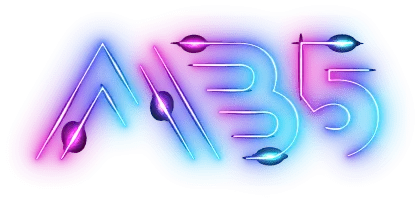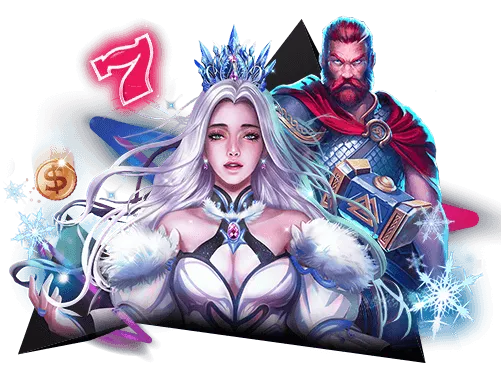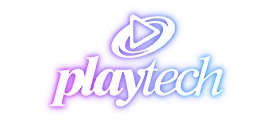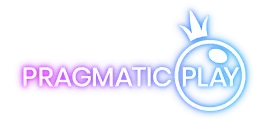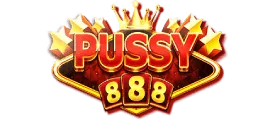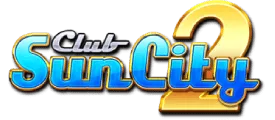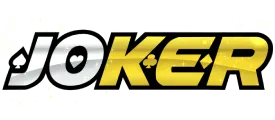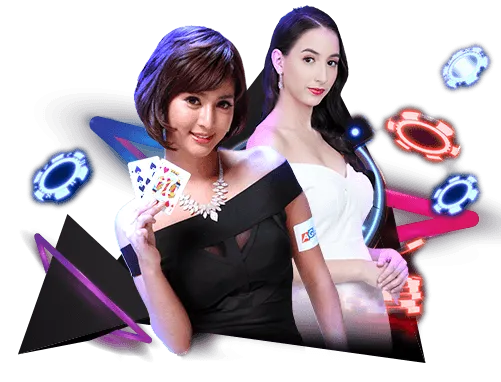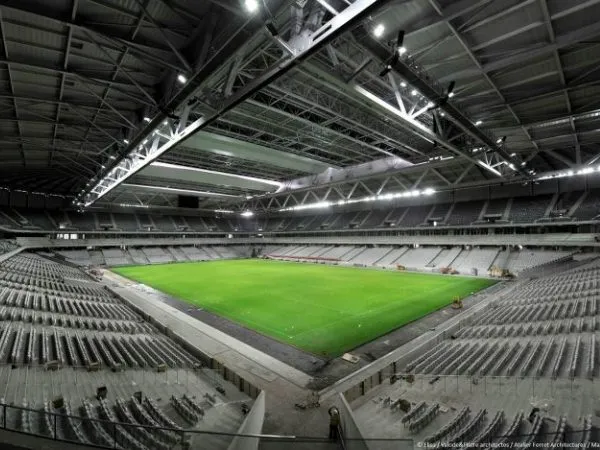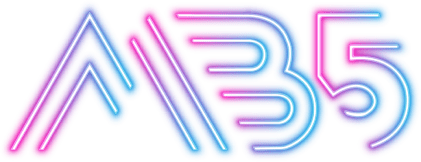In the midst of its debut season returning to the top league in 2000-01 French Division 1, Lille made it to Europe as the very first time ever in its history, and secured its place at the level of the 2001-02 Champions League. With the club's status change, Lille began a brand modern era with the leadership of chief executive and chairman chief executive Michel Seydoux and coach Claude Puel. The club left the historic Stade Grimonprez-Jooris and moved to with the Stadium Lille Metropole and became an established player on the European scene. One of its most memorable outcomes was the 1-0 win against Manchester United at the Stade de France in 2005, the 2-0 win against Milan at San Siro in 2006 and the 1-0 win at home against Liverpool in the year 2010.
In the years 2010 and 2011, Lille knew a steady improvement both on and off the field and has been able to establish itself as one of the biggest teams of French football. In the beginning, the opening of the huge contemporary Domaine de Luchin training complex in 2007 has brought the club into a new era, with the centre being among the largest in France. At the same time the construction of the capacity of 50,000 at the Grand Stade Lille Metropole (renamed later Stade Pierre-Mauroy), which was inaugurated in 2012, started on March 29th, 2010. It will make the club the fourth-largest stadium for football in France. The club's success in achieving strong results and a improvement in the sport under director Rudi Garcia helped the club climb into the upper echelons in the French league. Sixty-six years after the club's last win first team in 2010-11 with homegrown players Yohan Cabaye Mathieu Debuchy as well as Eden Hazard took home the club's second double following finishing in 10-11 Ligue 1 top spot and beating Paris Saint-Germain in the 2011 Coupe de France final.
The 2011-12 as well as 2012-13 Ligue 1 seasons, Lille established its status as one of the top French football teamsby having successively finished in the sixth and second places, and being eligible to play in the 2013 Champions League. 2013 saw the departure of manager Garcia. Garcia quit to sign with Roma and the former Montpellier director Rene Girard was appointed as the new manager. In the time of Girard, Lille finished at third in 2013-14, just behind Zlatan Ibrahimovic's Paris Saint-Germain and James Rodriguez's Monaco. After two years as the head of the club as well as an esoteric 8th seed at conclusion of 2014-15 Ligue 1 season, Girard was dismissed by mutual consent.
In May of 2015, the Ivory Coast national team head coach Herve Renard was named his new boss. On 11 November 2015 Renard was fired as manager, and was substituted with Frederic Antonetti. On November 23, 2016 one year after the appointment, Lille terminated Antonetti's contract and the club was placed at the bottom of the table.
In March of 2017, Lille appointed Marcelo Bielsa as their new manager. club. In November of 2017, Bielsa was suspended by Lille after an unintentional trip to Chile and the club was placed in the second position on the league table, and only scoring three wins in the first fourteen games played during the campaign. On December 23, 2017, Bielsa was terminated by Lille and replaced by the Saint-Etienne's former director Christophe Galtier. In a tough 2017-2018 campaign, Lille managed to avoid the relegation process to Ligue 2 by beating Toulouse 3-1 in the final game of the season.
The next season of Lille will be completely different. They racked up numerous wins and only lost five games during the initial period of 2018-19's Ligue 1 season. On April 14, 2019, in front of an unprecedented crowd of 49,712 fans They beat Paris Saint-Germain in a historic and thrilling 5-1 victory at home featuring goals from Nicolas Pepe, Jonathan Bamba, Gabriel and Jose Fonte. The end of the season Lille took second position to be in next season's UEFA Champions League group stage They returned to the competition after a 7-year absence. The 1st of August, 2019, the club's top scorer of the season Nicolas Pepe is sold to Premier League side Arsenal in an all-time club record that is EUR80 millions (PS72 million).
A couple of years later, in the season 2020-21, Lille took the debut Ligue 1 title in 10 years, and also the fourth overall in their history under the direction by Christophe Galtier. Also participating in 2020-21 UEFA Europa League, they beat AC Milan at San Siro on November 5, 2020, with a huge 3-1 win away, which included a third goal by Yusuf Yazici, but lost to Ajax in the round of 32.
In the 2021-22 football season, Lille made it to the UEFA Champions League round of 16 but were defeat by Chelsea after having qualified at the group stage, which included Salzburg, Sevilla and Wolfsburg. According to a study published at the close in the Ligue 1 season, Lille is ranked fourth as the best French football club of Ligue 1, in the 21st century. It is ranked fourth, just behind Paris Saint-Germain, Lyon and Marseille.
On the 29th of June in 2022 the team named Paulo Fonseca as new head coach of the first team. The 2022-23 campaign started good for the Northmen after they beat Auxerre 7 August, with the home game, 4-1.
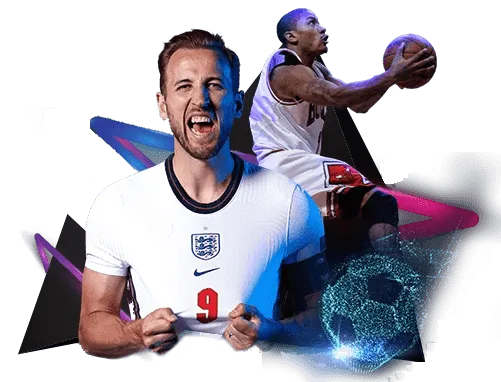
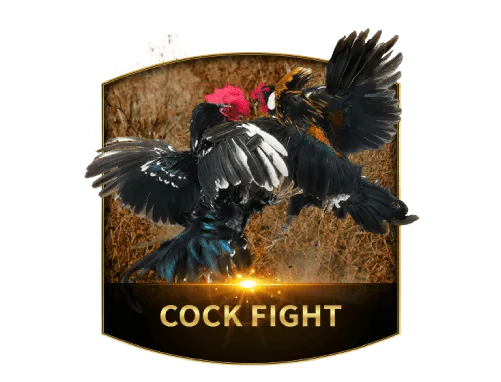

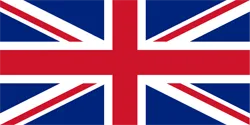 ENG
ENG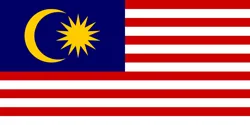 MYS
MYS 简体中文
简体中文